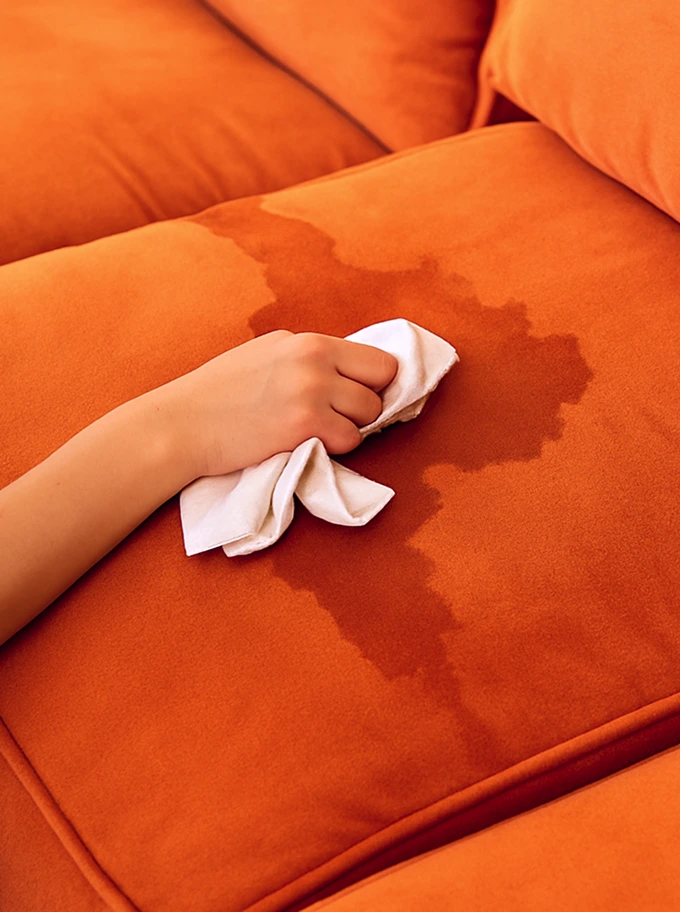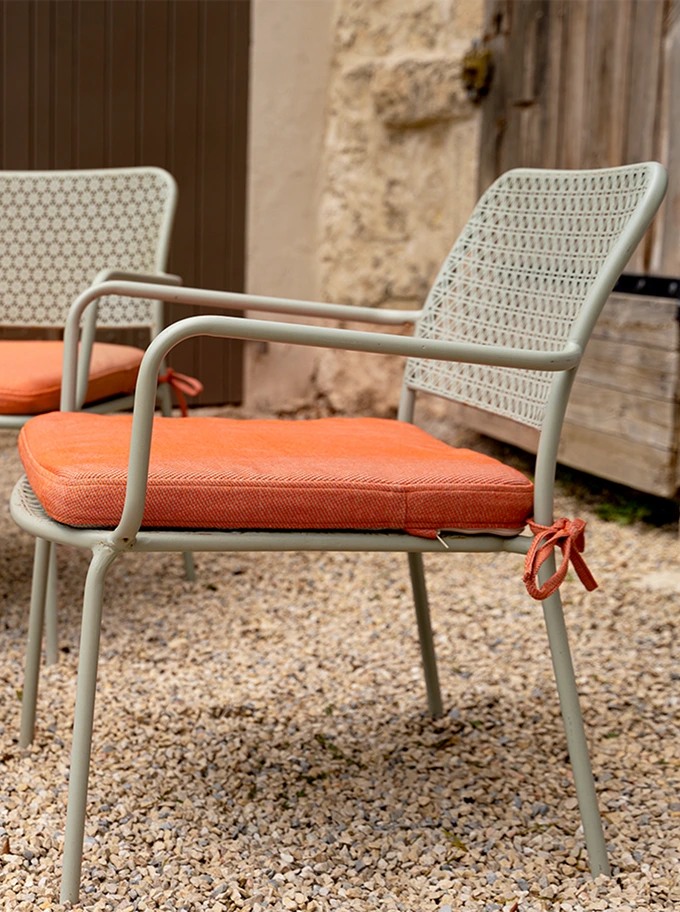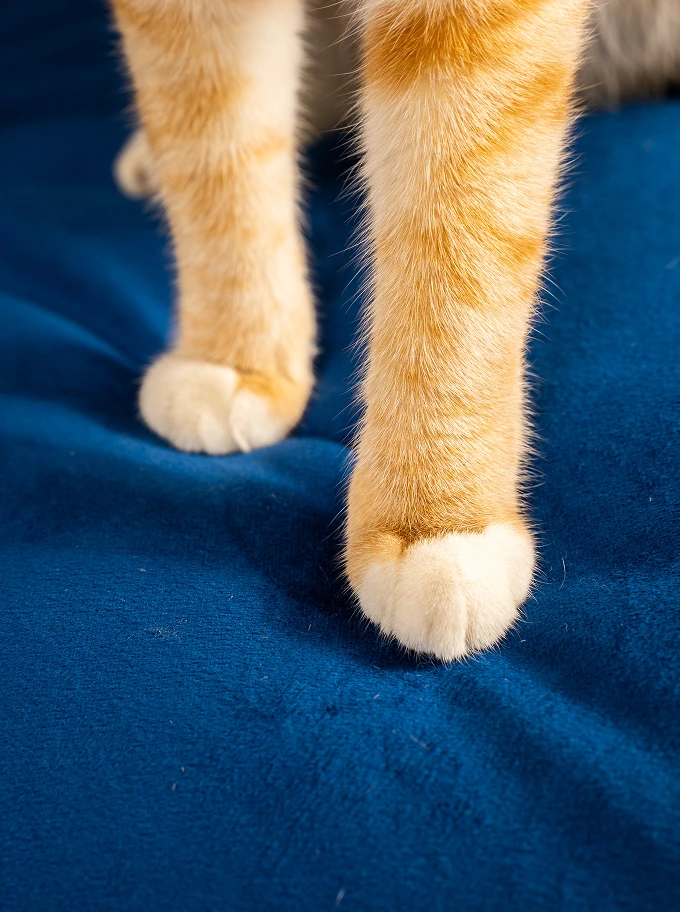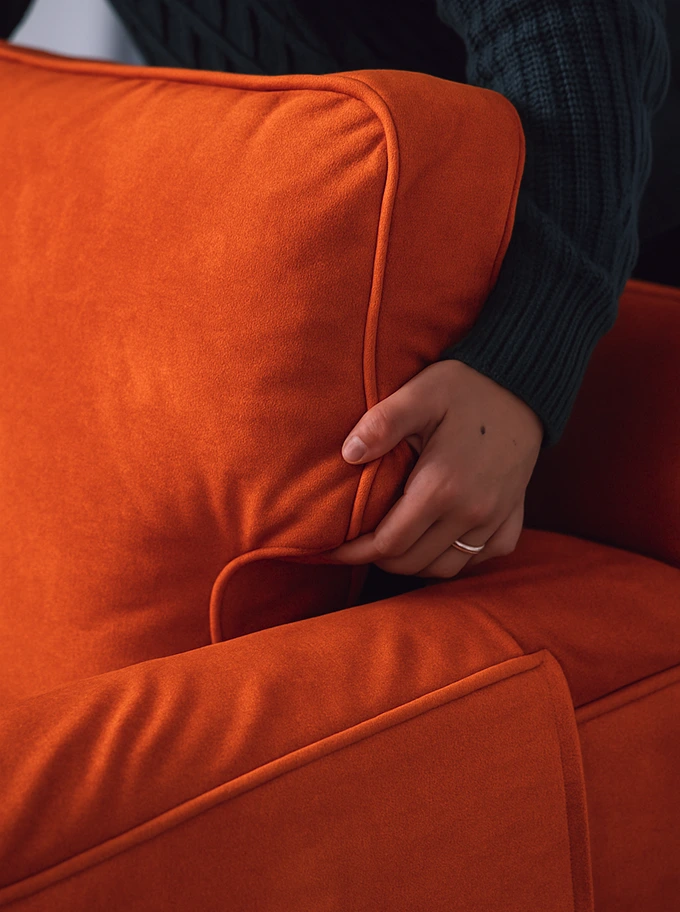Between juggling work, family, pets and maybe the occasional Netflix marathon, the last thing you want is a sofa that demands a PhD in cleaning instructions. For many of us, keeping track of “dry clean only” labels and complicated care guides feels like a cruel joke. And honestly? Most companies don’t make it any easier.
That’s why machine washable sofa covers are such a breath of fresh air. They’re made for real life: the coffee spills, the pizza nights, the puppy pawprints. They let you get back to living without the stress of “did I just ruin my sofa?” At Comfort Works, we believe sofa care should be seamless. No mysteries, no maybes. Just beautiful covers you can throw in the wash and trust to come out looking good.
We are going to take you behind the seams with our Jr Product Manager Joe to reveal how we make machine washable covers that actually last, plus his expert tips on what to do (and what not to do) when it comes to sofa care.
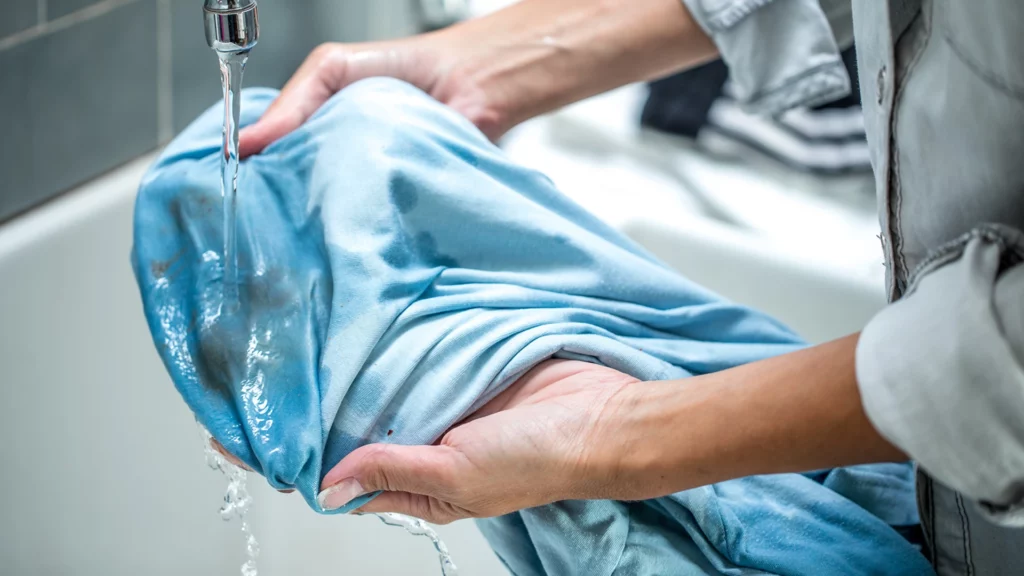
Table of contents
Why is traditional upholstery hard to clean?
If you’ve ever spilled a drink on your sofa and watched it sink within seconds, you’ll know the frustration of traditional upholstery. Unlike removable covers, fixed upholstery doesn’t give you many options once the damage is done. Stains get trapped in the fibres, smells linger and the only way out usually involves expensive professional cleaning.
Spot cleaning might buy you some time, but it’s rarely perfect, especially if you’re dealing with light fabrics or stubborn marks like red wine or coffee. And when it comes to dry-clean-only slipcovers, the struggle is just as real. They might look sleek on day one, but every new stain means another trip to the cleaners and another dent in your wallet.
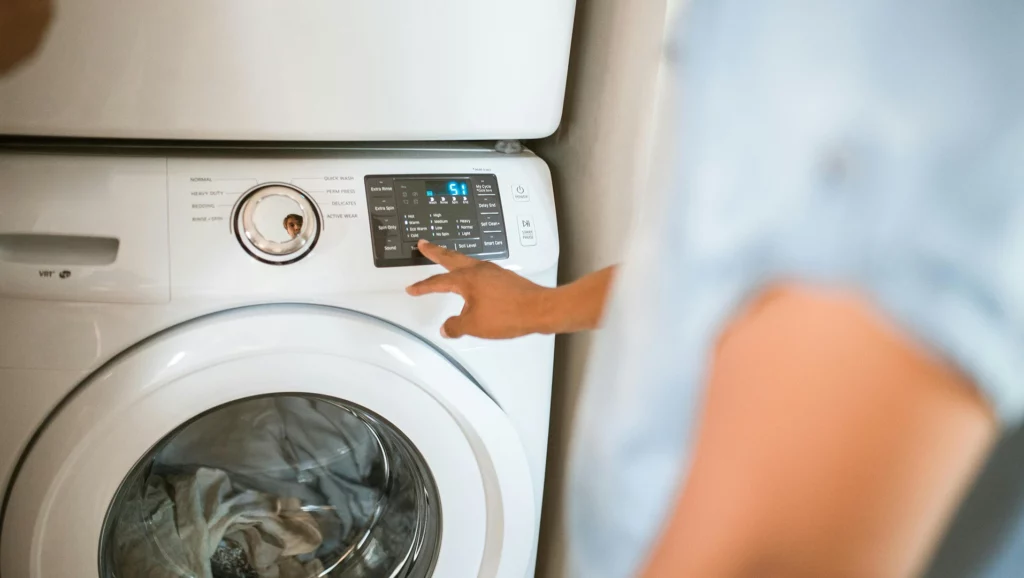
Why can’t some things be machine washed?
It comes down to how the fabric and structure are made. Many upholstered sofas use materials that shrink, stretch or even warp when exposed to water and heat. Some dyes aren’t colourfast, meaning they’ll bleed or fade in the wash. And with stitched-on upholstery, there’s simply no way to remove the fabric without damaging the frame or cushions.
The truth is, most sofas just aren’t designed with everyday life in mind. They’re built for showrooms, not for pizza nights, pets or kids who treat the cushions like a trampoline. Which is why more and more people are turning to machine washable sofa covers that can actually keep up with the messiness of modern living. Comfort Works has machine washable sofa covers made with performance fabrics that have been tried and tested.
“We have lab tested the shrinkage rate of every fabric to ensure it is within a safe range so that it can fit back on to the cushion after washes,” explains Joe, our Jr Product Manager.
“We have also tested the colourfastness level to ensure that the dye quality can withstand multiple washes.”
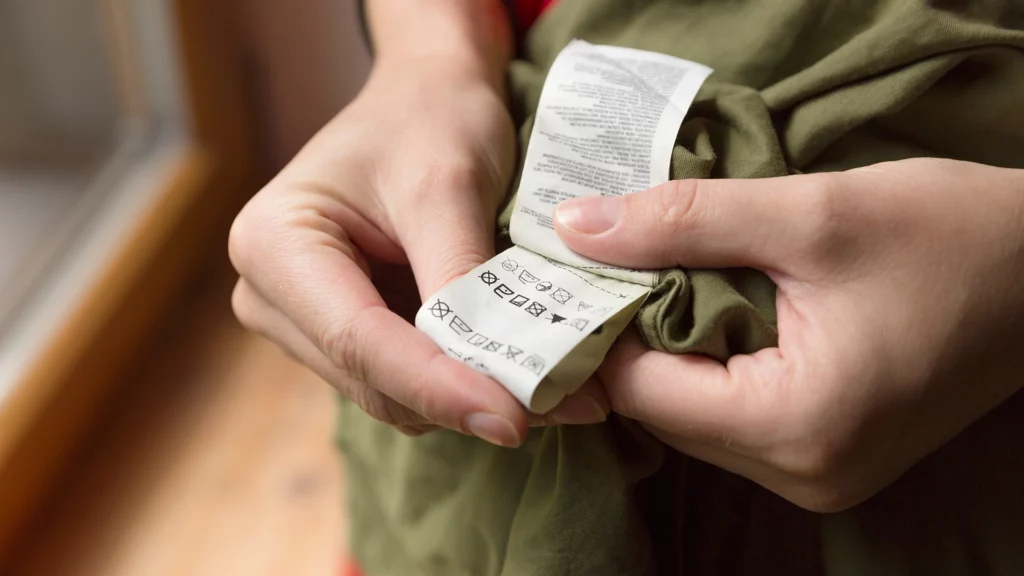
How do we test our machine washable sofa covers?
We follow ISO standards for all our sofa covers so you can be guaranteed of its qualities. For machine washability we follow the ISO 3759-2011, ISO 5077-2007 and ISO 6330-2012.
What does each of these do, and why do they matter?
1. ISO 3759:2011: Preparation, marking and measuring of test fabrics
This standard sets out how we must prepare, mark and measure fabric swatches, garments or assemblies before and after washing or other treatments.
- It ensures consistency: We always start from the same baseline (size, shape, marks) before testing.
- It helps standardise how shrinkage or distortion is measured across different fabrics.
- In practice, it means we cut and mark samples in a precise way, so when we wash them, our measurement of dimensional change (shrinkage or growth) is accurate.
Without this standard, comparisons between “before” and “after” could be inconsistent or misleading, and that would erode trust in the “washability” claim.
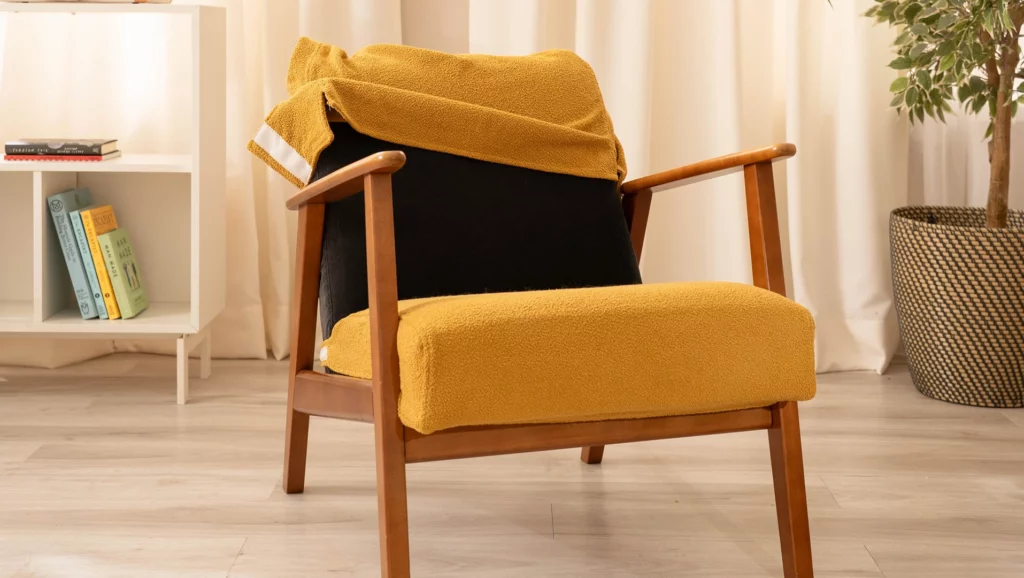
2. ISO 5077:2007: Measuring how fabric changes size after washing and drying
Once a fabric has undergone washing and drying (according to a defined procedure), ISO 5077 defines how to measure and report the change in dimensions (i.e. shrinkage or stretching).
- It tells us exactly how to compare the “before” and “after” dimensions.
- The change is expressed as a percentage: A negative value means shrinkage, a positive value means some extension.
- Because this is standardised, we can set thresholds (e.g. “no more than 3% shrinkage”) that are meaningful and fair to customers.
In other words, ISO 5077 gives us a repeatable, quantifiable way to assess how a fabric performs under realistic washing conditions.
Please note: All of Comfort Works couch cover fabrics are pre-shrunk, so you won’t experience any issues when you machine wash it.

3. ISO 6330:2012: Domestic washing and drying procedures
This standard establishes the washing and drying protocols we must use when testing textiles. That includes factors like water temperature, machine type, agitation, detergent, and drying (line dry, tumble dry, etc.).
- It ensures the wash/dry cycle is comparable across labs and manufacturers.
- There are multiple “domestic wash” programmes (e.g. delicate, normal) and drying modes.
- Using ISO 6330 means our testing simulates how a customer might actually wash the cover at home.
Because ISO 6330 is broadly accepted, our results are more meaningful, and easier for customers (or third parties) to verify or compare.
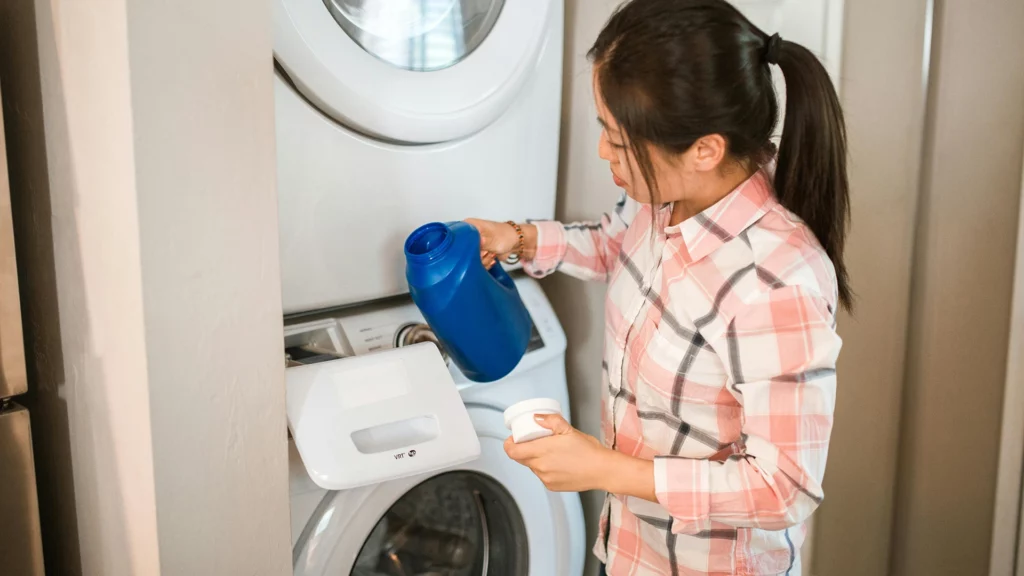
Why this trio matters to Comfort Work’s couch covers
These three standards work together like a testing pipeline:
- ISO 3759 ensures we prepare and measure fabric consistently.
- ISO 6330 defines how we wash and dry under controlled, repeatable settings.
- ISO 5077 tells us exactly how to measure the dimensional change afterward.
When we say a cover is “machine washable,” it’s not just marketing, it’s backed by rigorous, standardised testing. That means you’re less likely to get unpleasant surprises like excessive shrinkage or distortion after a few washes. Still, customer feedback is always important to us.
“We always listen to our customers in terms of feedback,” says Joe. “Not all lab results reflect real life usage, that is why we update our fabric option library often. This is not just to provide you with the latest trends, but to also improve our fabric quality standards.”
How to wash sofa covers safely?
We hear your questions. Can I wash my couch covers in the washing machine? Absolutely. How do I wash my couch covers without shrinking? By following our detailed washing instructions.To give you the best insights for all your questions, we’ve spoken to our Jr Product Manager, Joe on the do’s and don’ts of washing sofa covers.

The do’s of machine washable sofa covers
- Turn the covers inside out if possible. This helps protect the outer surface from rubbing against the drum or other fabrics, reducing friction and keeping textures and colours looking fresh.
- Re-zip the covers before washing, as it helps keep their shape during the wash. It also prevents zippers from catching on other fabrics or seams.
- Test any detergent on hidden parts of the cover on the sofa, to make sure it does not cause damage to the fabric. Even gentle detergents can behave differently depending on the fabric type or dye.
The don’ts of machine washable sofa covers
- Do not bleach the covers. It might sound like a quick fix for tough stains, but bleach can weaken fibres, strip away colour and damage protective finishes.
- Do not use warm or hot water. Hot water can cause certain fabrics to shrink or lose their shape over time. Always stick to cold or cool settings. They’re just as effective for everyday cleaning and much kinder to the material.
- Do not tumble dry at high heat. High temperatures can cause shrinkage, warping or fading.
How often should you machine wash CW sofa covers?
You should ideally machine wash your sofa covers once every season to ensure it is fresh. At most you may wash them once a month. Our couch covers are durable and made to be used frequently. If you’re concerned about stains, opt for our couch covers with stain-proof protection as you can spot clean issues and machine wash them:
Keep in mind that our liquid-repellent couch covers (with EzGuard technology) are not intended for frequent washes as the coating to protect its surface can be weakened by multiple washes. So stick to washing them once a season.
How can I keep my sofa covers from fading in the wash?
The best way to prevent fading starts with the fabric itself. Look for materials that have a colourfast grade of 4 or higher. This means the fabric meets industry standards for resisting colour loss, even after repeated washing. A grade of 3 or above is considered good for maintaining vibrancy through everyday wear and care.
At Comfort Works, all our fabrics are tested to meet or exceed these colourfast benchmarks. This means the colours of your couch covers stay rich and true wash after wash.
What’s your advice on drying (line vs tumble-dry) sofa covers?
We would suggest air dry or line dry by hanging the fabric away from direct sunlight ensures the fabric recovers its shape and size naturally. That is the ideal way to air dry your covers as it does not damage the fabric. Certain fabrics can be tumble-dried on low to medium heat.
Summary: What to remember about machine washable sofa covers

Machine washable sofa covers make sofa care easy. At Comfort Works, every fabric is tested to ISO standards for shrinkage, durability and colourfastness, so your covers keep their fit and colour wash after wash.
“Every fabric has its own characteristics, so the washing method may differ from one to another,” says CW Jr Product Manager Joe Joe. “Please refer to their details on our website or the sample swatch you received to make sure you follow the washing instructions.”
Ready to make sofa care effortless?

